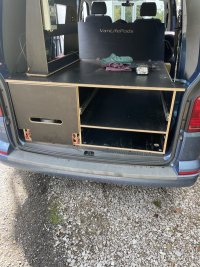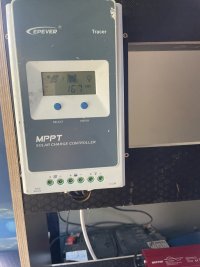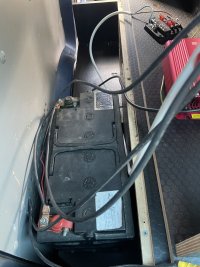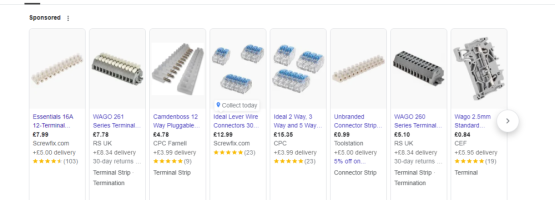Hi all,
Novice here, I’m wanting to remove the rear pod from my T6 in order to deaden and insulate but need advice on safely disconnecting leisure battery and solar. Can I simply disconnect the solar feed to the MPPT followed by the wires from the MPPT to the battery? If so, how could I make safe the solar wires whilst carrying the work. Hopefully makes sense! Thanks, Pete



Novice here, I’m wanting to remove the rear pod from my T6 in order to deaden and insulate but need advice on safely disconnecting leisure battery and solar. Can I simply disconnect the solar feed to the MPPT followed by the wires from the MPPT to the battery? If so, how could I make safe the solar wires whilst carrying the work. Hopefully makes sense! Thanks, Pete






